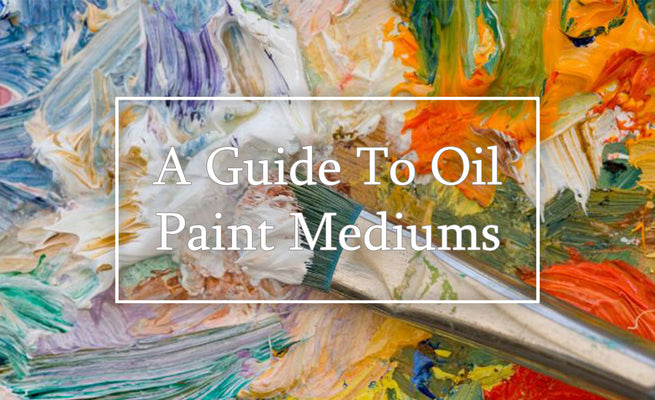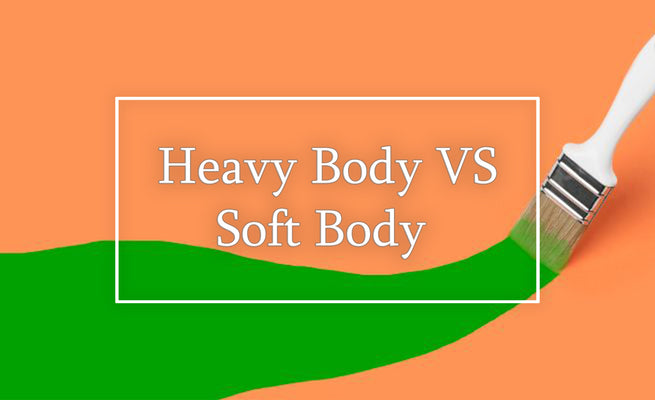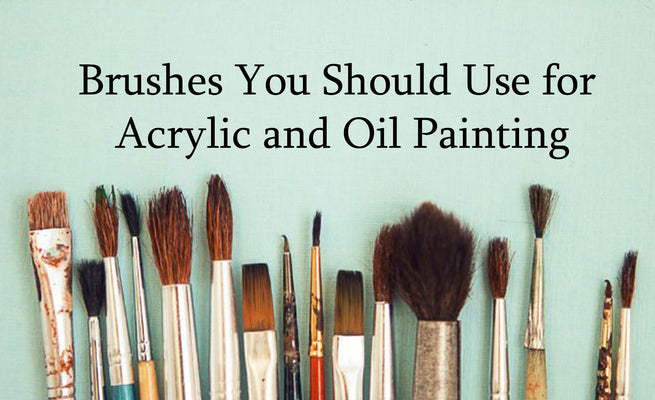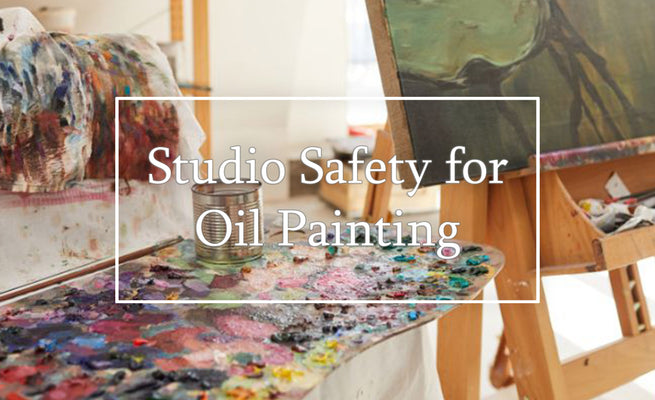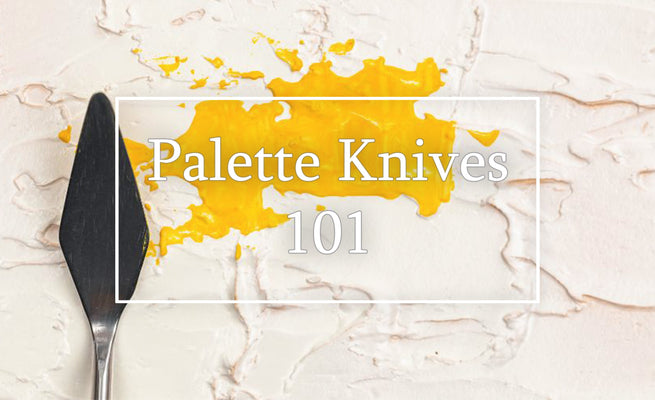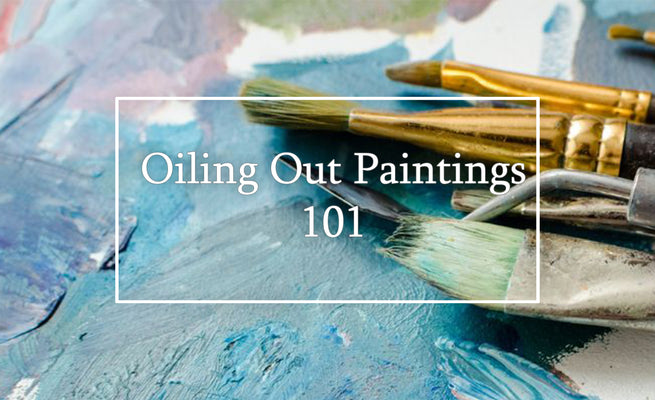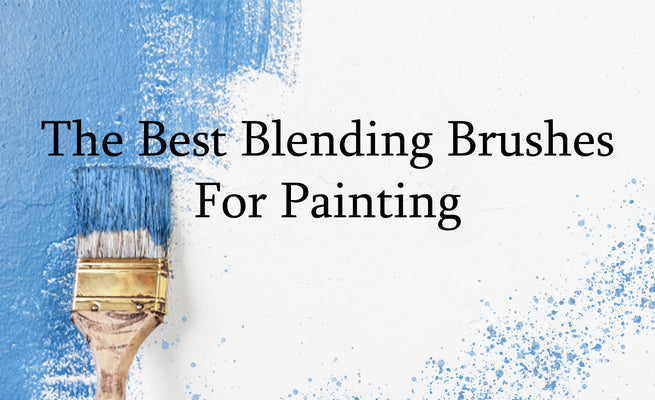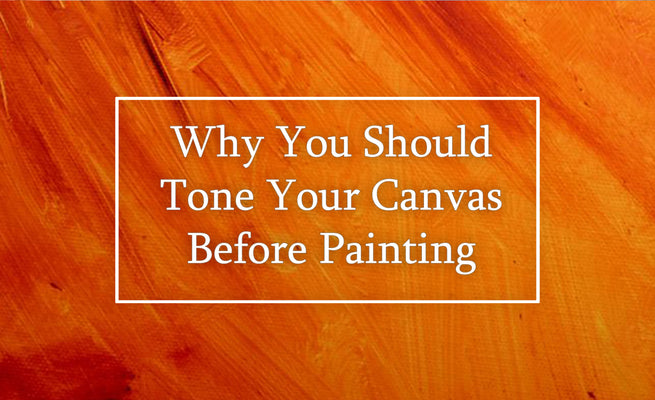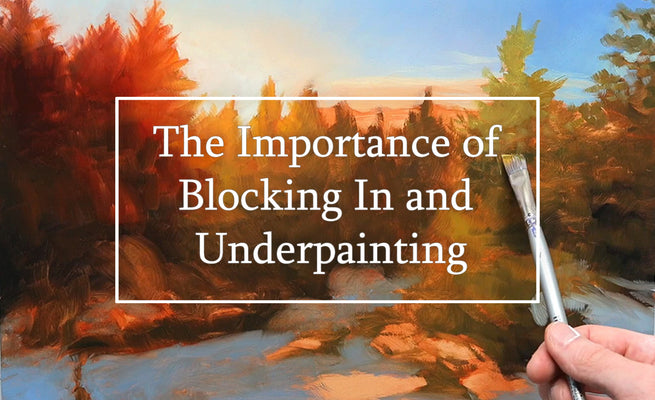Loose or tight with detail? That's a question that is asked a lot by painters and I find myself wondering that as well all the time. Lately I've been really pushing the boundaries of how I paint and asking myself why I do what I do at the easel. I find that through experimenting and challenging myself in my approach that I discover new possibilities within my work. In general, I think questioning what we do as artists is important overall.
 30x40 oil on canvas
30x40 oil on canvas
Note: This blog contains affiliate links and purchasing through them supports our site at no extra cost to you.
Loosening up my brushwork is one way I've found to discover new ways of creating and depicting detail. By backing up and focusing on shape and color I'm learning to read each stoke differently. This way of thinking then helps in my larger work in deciding how to best approach each area with a balance of detail and shape. Combined with a little bit of finesse in some of the details and it makes for a great result when viewed from a distance.
 12x16 oil on panel
12x16 oil on panel
How loose is too loose or how much detail is unnecessary though? That specifically is the one thing I tend to think about a lot. I want my painting to speak to the viewer and convey my message clearly. Accomplishing that feeling through my work requires detail and precision, but I've learned that there's a fine line to be aware of. When that line is crossed and too much detail is added, it can create unwanted distraction from the overall feel of the painting.
So to balance this, I've been finding a process that allows me to be cautious up front and leave room for detail later. I think it's important to understand that artists have different intentions and there really is no straight forward answer for this. What you want to convey personally through your work is a unique experience and in the end you need to find a unique approach that works for you. That being said, knowing how others approach this can help with your own process and so here's what has worked for me...

In the initial stages I focus on coverage and I'll use a block in brush for this. My goal for the area I'm painting or sometimes the entire canvas itself is to cover it with paint. This prevents me from getting stuck in detail too early and keeps my focus on overall shape, composition and value. They key for me at this stage is thin paint so it's easier to paint over the top of this layer.
Once I feel good about color and value, I begin to focus on shape. For me, I like to paint wet on wet, so I dive in right away with this next step. I use more paint and apply it in a thicker manner which if done right should easily go over what I've previously done. Some of what I initially painted may remain visible as well, but I'm not focused on that.

I start to use the thicker paint to refine the shapes of textures. When I say thick paint, I want enough to cover well, but not too much so that it creates an excessive amount of physical texture. I pay attention to light as well as color and attempt to capture that as I work through. I refrain from mentioning detail at this point because that's not really my goal. I want to depict simple shapes and tones that represent my subject more so as a whole. This is what I consider to be more like a traditional loose style of painting.
Typically, once I finish working through the painting or area in this way, I'll leave it be and even let it dry. On occasion I'll begin working into the next phase prior to the paint drying, but most of the time this next part of the process is wet on dry.

So typically once I let the paint dry it's now time to finesse some of the details and work on finding a balance to it all. I'll stick mostly to my favorite detail brush from here on out. At times it makes sense or is easy enough for me to start this work while the paint beneath is still tacky to the touch. If I had a choice I would probably always do it this way, however this period of time is quite short before it dries to the touch.

Either way, the technique is about the same. After identifying where I want to bring the most focus to, I begin to lightly apply thicker details to highlights and work my way towards shadows. I prefer to bounce around the painting and gradually bring details to the painting overall. Because I keep the paint's thickness to a moderate level up to this point, it allows me to easily control this final step. Making sure you're using high quality oil paint is always helpful in this process as well.

This whole process let's me explore the creative side of what makes a painting a painting, yet still add the detail that brings the magic to the piece. Breaking it down into a few steps and following that system allows me to maintain the control throughout the process. I focus on the expression of what I'm portraying early on and leave room for tightening things up later on.
 30x40 oil on canvas
30x40 oil on canvas
The combination of thick expressive paint and careful tuning of these select areas I think creates a piece that gives a brilliant feel as a whole and an interesting experience when studied up close. Finding the balance between the two aspects is what I'm after and what I attempt to capture in my work moving forward.
My full list of art and studio supplies I use.



